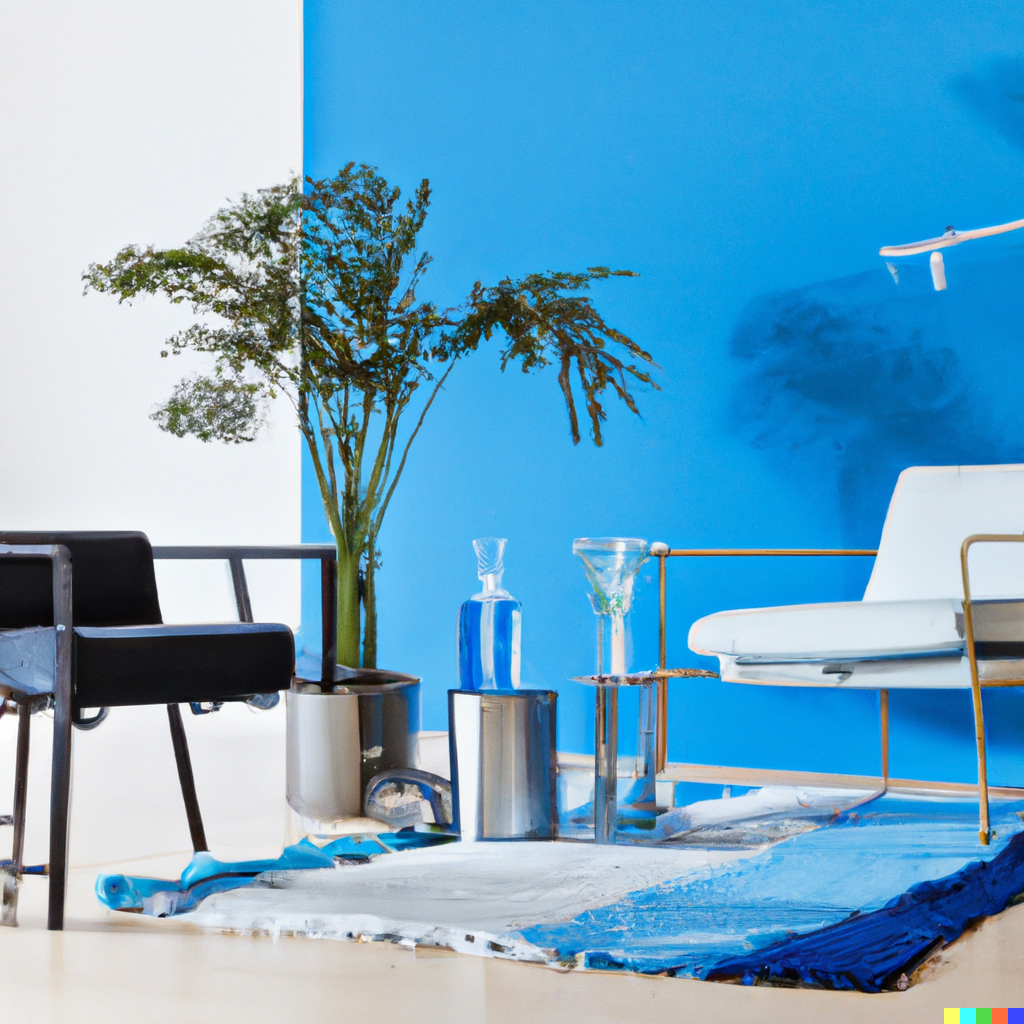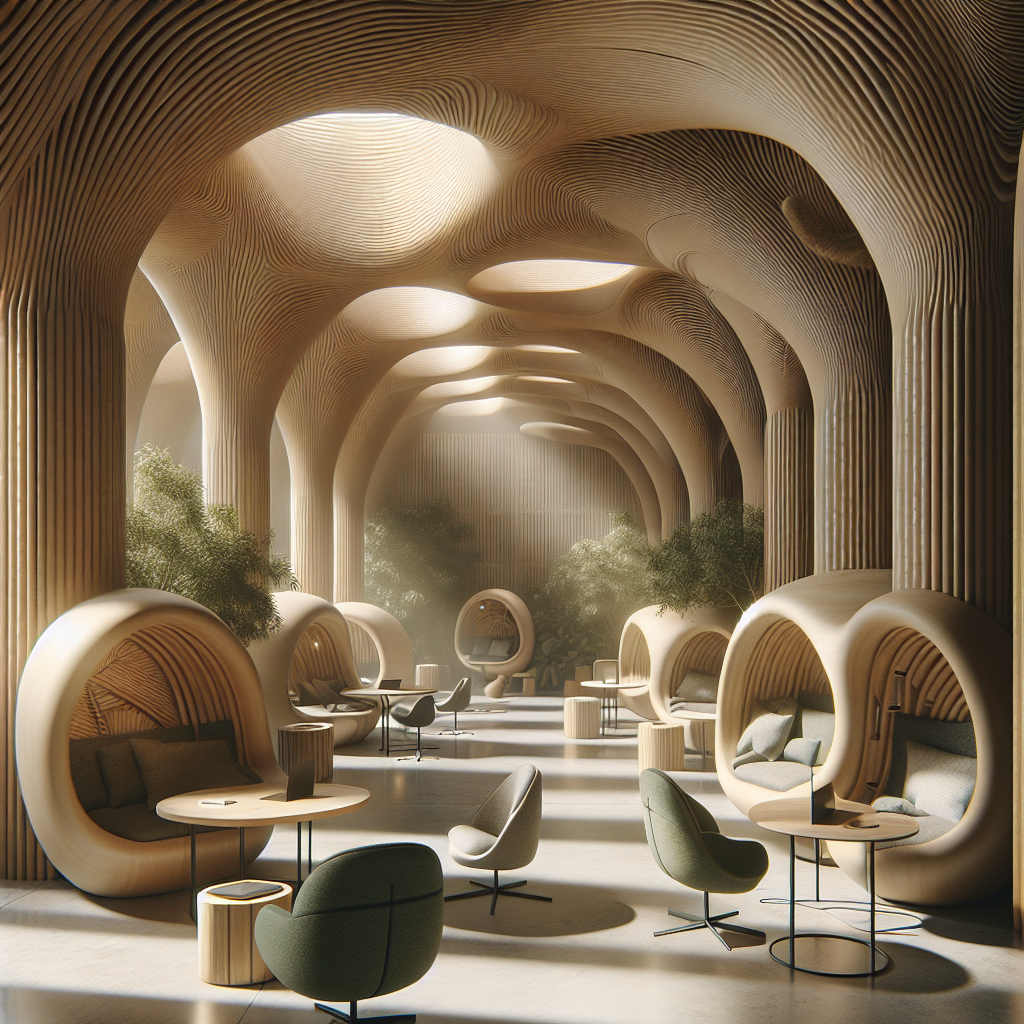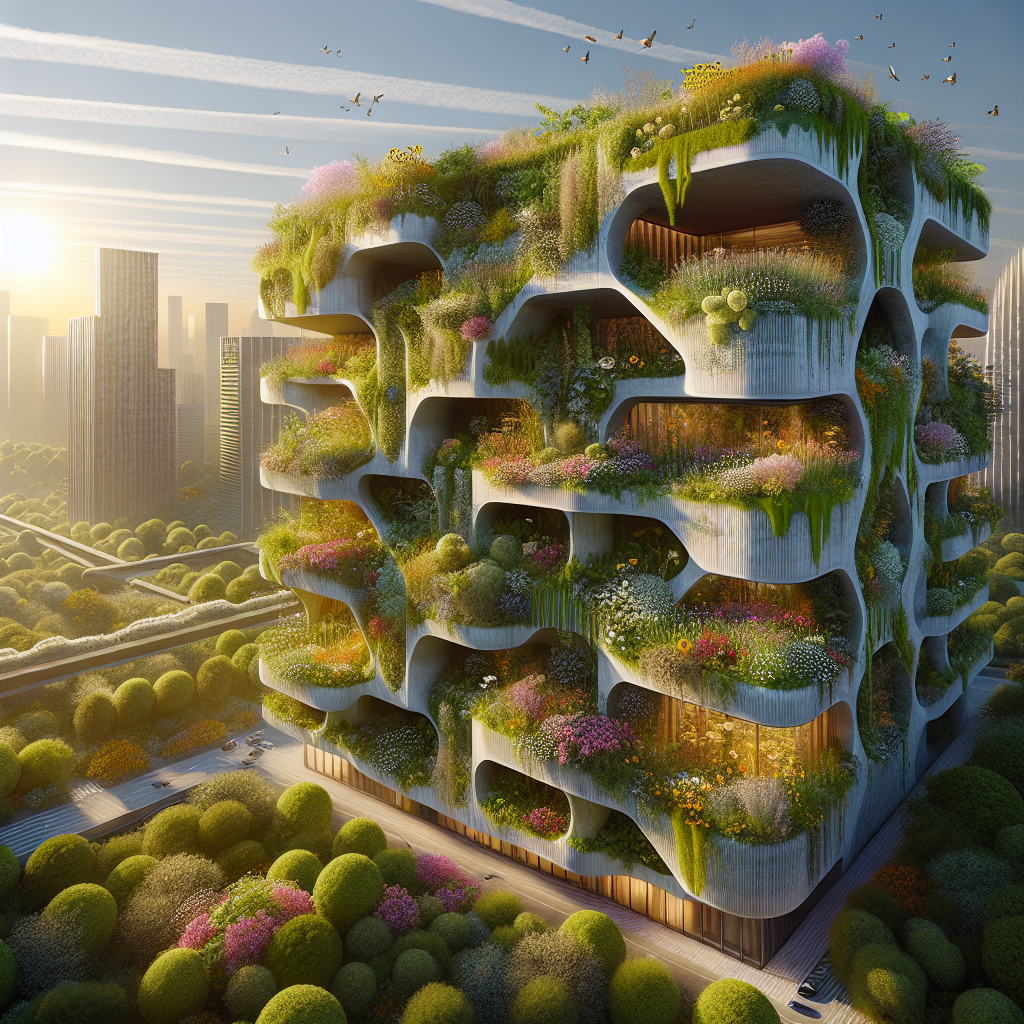Single-Tone Symphonies: Navigating the Resurgence of Monochrome in Modern Interior Design

Aesthetic Pivot: The Revival of Monochrome
In an era awash with color and pattern, the return of monochrome design presents a refreshing antithesis to the chromatic kaleidoscope of modern life. Once derided as simplistic and flat, monochrome has soared back into the limelight, now seen as a bold, evocative statement of style, emanating an unparalleled level of sophistication.
Infusing Tranquility and Timelessness
The revival of monochrome signifies an aesthetic pivot in contemporary interior design, shaping spaces infused with tranquility, depth, and a timeless appeal. And the surge in its popularity isn’t a whim; it’s a testament to the allure of unity, a harmonic dance between shadow and light, an exploration of a single color’s myriad tones and textures.
Shades Within One Color
When it comes to single-color design, one may envision rooms drenched in grayscale or blanketed in beige. Monochrome, however, is anything but mundane. Consider the subtle shifts in the nuances of blue, from sky to navy; the earthy spectrum of browns, from honey to mahogany; or the bold splash of reds, from crimson to cherry. Each hue holds the promise of a world of depth within one color.
The Power of Texture
One of the key elements of the monochrome resurgence lies in the power of texture. With a single color as the canvas, textures become the artists, layering depth and visual interest into the design. Contrasting materials such as velvet, silk, or distressed wood can give a monochromatic room an appealing touch of complexity.
Perception of Space and Size
Monochrome also challenges our perception of space and size. A room drenched in a single color can create the illusion of continuity, making small spaces seem larger and more cohesive. This trend is often seen in minimalist designs where simplicity and space take center stage.
Accent Pieces: Transforming Monochromatic Spaces
Integrating monochrome design also calls for thoughtful and selective use of accent pieces. These elements, whether it’s a crisp white vase on a black table or a metallic sculpture in a beige room, can dramatically transform a monochromatic room into a visual masterpiece.
Lighting: A Critical Tool
Moreover, lighting plays a significant role in the monochrome universe. Different light sources can drastically alter a color’s hue, brightness, and saturation, making it a critical tool for architects and interior designers. By adjusting the type, angle, and intensity of lighting, one can create a dynamic monochromatic environment that changes throughout the day.
Psychological Impact
Not to be overlooked is the psychological aspect of monochrome. Colors are deeply intertwined with our emotions and mood. Hence, the choice of color in a monochrome design can impact the overall ambiance of a room, either soothing or invigorating the senses.
Striking the Right Balance
Despite the seemingly simple approach, mastering the monochrome aesthetic requires a delicate balance. Striking the right harmony between simplicity and complexity, unity and contrast, is the key to unlocking monochrome’s potential.
A Personal Journey
Embracing monochrome design signifies a journey of exploration, a playful dalliance with a single color’s depth and personality. It’s about unearthing a color’s potential, unraveling its shades and textures, and shaping a space that is harmonious, evocative, and distinctly personal. As we navigate through the nuances of the monochrome revival, we are reminded that sometimes, less truly is more.





